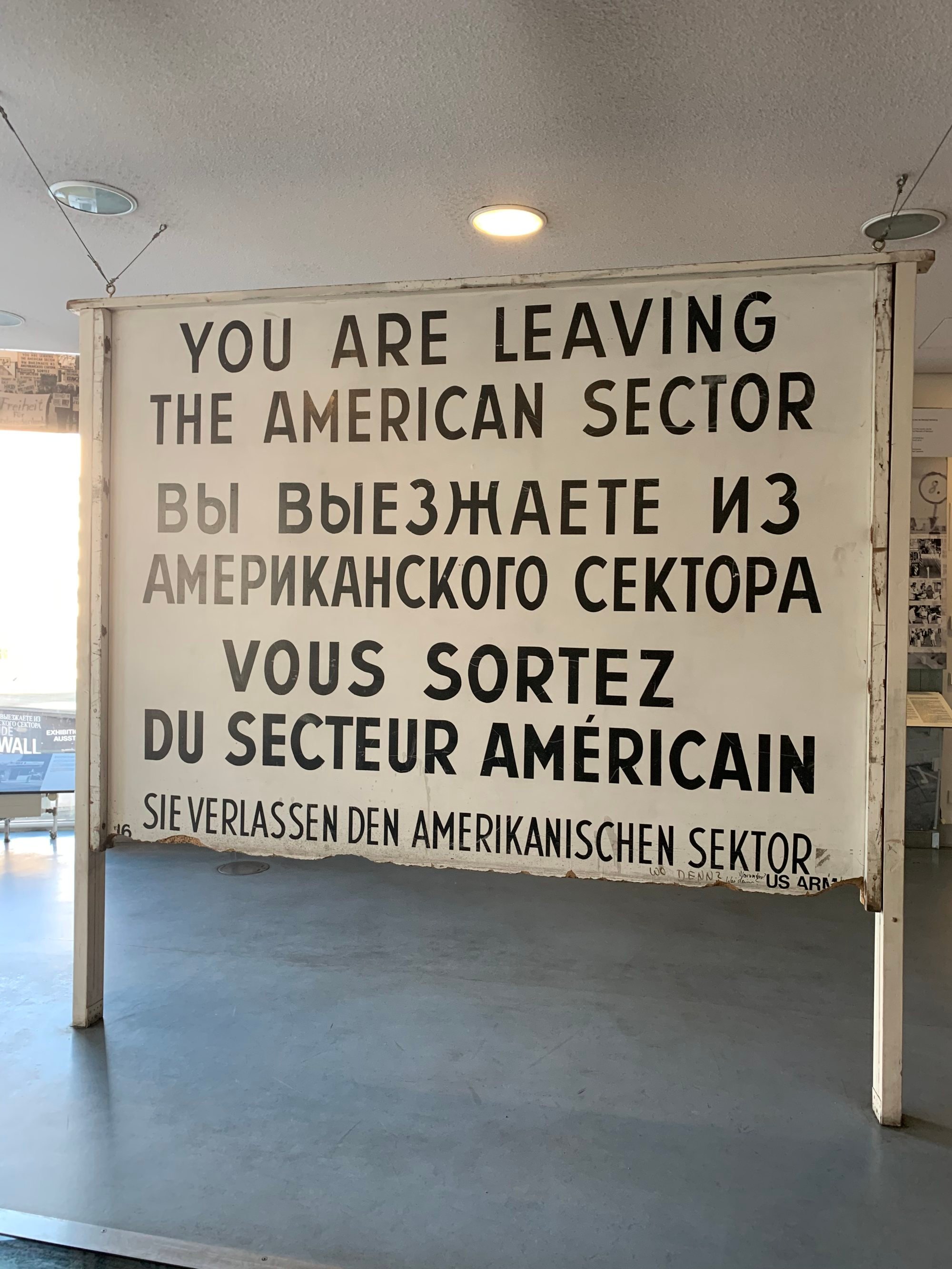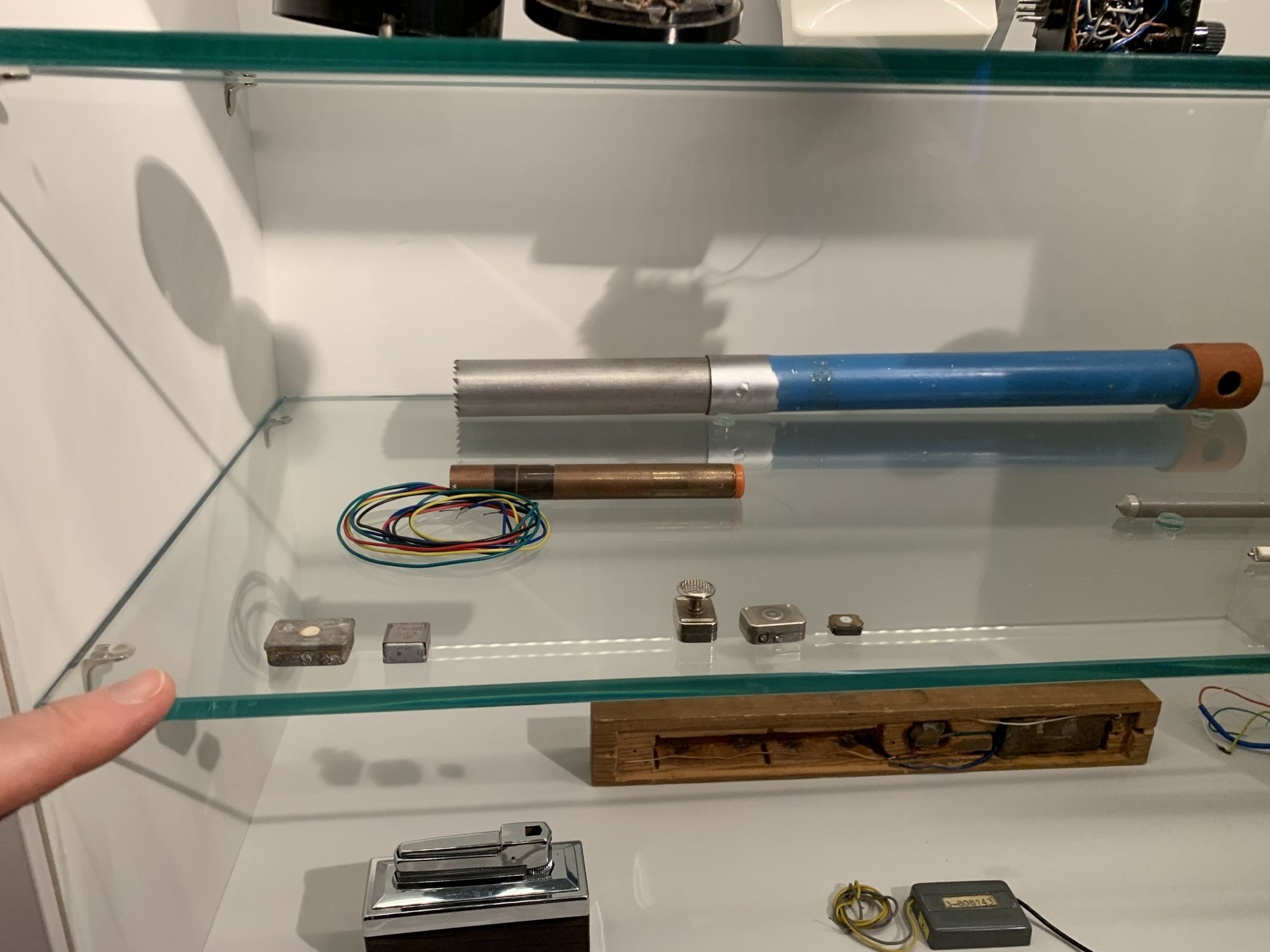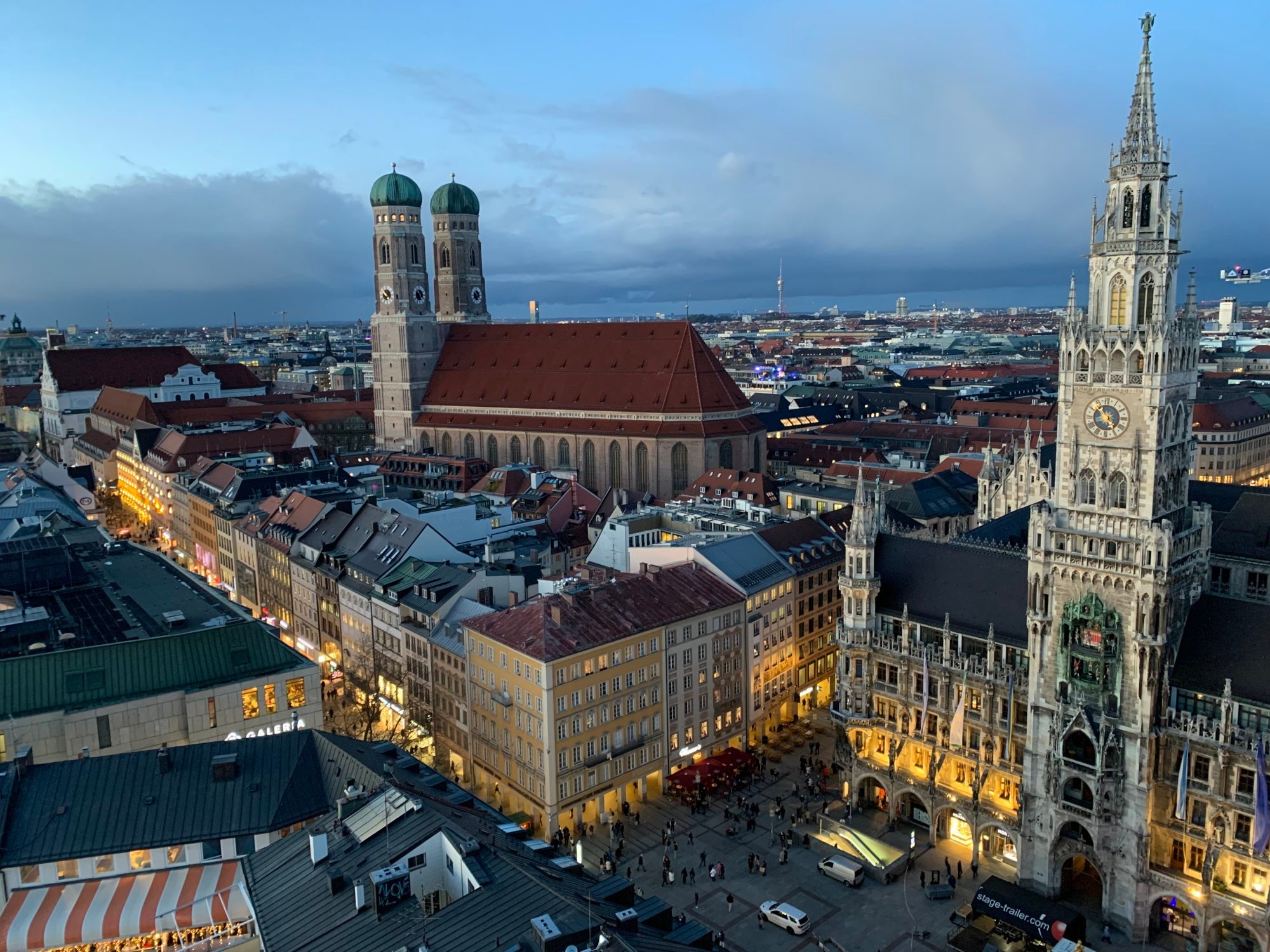
- Seven cities, nine trains, 14 days and nights – we survive sleeper downgrades and lap up business class luxury as we take in some of Europe’s historical sights
Talk about thieves in the night.
The compartments’ connecting door slides open, stopping with an unintended crash. Shouting some groggy expletive, this correspondent half-falls from a bunk and jumps into the suddenly empty adjoining room.
Trousers on, fast. Dash down the train sleeper carriage to alert the attendant.
SM: “What the hell just happened? Our door was locked from the inside but somebody burst in!”
Attendant shrugs.
SM: “Are there thieves on this train?”
Attendant: “Yes. Thieves.”
SM: “What, on this train? Now?”
Attendant: “Yes. Now.”
SM: “This happens often?”
Attendant: “Yes. Often.”
SM: “I’m going to find them.”
Attendant: “Better go back to your luggage.”

On cue, two men appear down the carriage. At the risk of stereotyping a pair of possibly innocent gentlemen out for an early-morning, bags-free, steps-boosting stroll along an international train, they could have answered a casting call for “thuggish extras with as much girth as height, crew cuts, pockmarked faces and a whiff of prison experience”.
Neither makes eye contact as they pass, but the attendant’s unwillingness to act is suddenly understandable.
Agatha Christie fans shouldn’t confuse the realities of nocturnal, pan-European train travel with romantic notions of murder mysteries. Travellers seeking Orient Express refinement should ride the Orient Express.
Austrian capital Vienna touts ‘life-seeing’ tourism for wealthy visitors
The “guests” have appeared, somewhere near Bratislava, Slovakia, on Austrian ÖBB Nightjet’s 13-hour jaunt from Berlin to Budapest, two highlights of a 14-day trek across Europe by train.
The whistle-stop, 3,425km (2,128-mile) route: London-Brussels-Berlin-Budapest-Vienna-Munich-Amsterdam-London. The aim of the adventure is to dodge dehumanising, mass air transport and avoid late December’s abrasive Christmas concoction of commercialism and fake bonhomie.

Bruges, a Christmas Day side-trip treat an hour by train from Brussels, is wet, cold and still popular with tourists, but chock-full of high-end chocolate shops, not street garbage.
Then comes the first setback.
European Sleeper, a crowdfunded Belgian-Dutch start-up, should be applauded, with other companies, for reinstating a relatively green mode of transport by rescuing the sleeper carriages of older networks from retirement.
But several hours before departure from Brussels, bound for Berlin, Germany, a text message announces a reservation downgrade, from two-passenger sleeper compartment to couchette, with €50 (HK$430) each compensation. The meaningless explanation from European Sleeper is “technical issues”.

We are given a six-bunk room, for two, which, although an improvement space-wise, means no private bathroom. It also means trading shiny, updated accommodation for careworn digs, in which the lower seat/bunk springs wearily “doing”, the heater control is jammed, the fluorescent strip light might have been from an ex-government benefit office and the door latch is broken.
European Sleeper operates the Good Night Train. This, though, is a bad night.
Overnight trains screech, scream and scratch at the rails, the relative quiet also amplifying the rhythmic slamming of every distant door left ajar and every rumble, bounce and judder. That can be true of any sleeper train – and our carriage dates from the 1960s.
Which means, on arrival in Berlin at 6.20am, paying for an extra hotel half-day to sleep.
The good, bad and ugly sides to Berlin for tourists
The German Spy Museum proves a thrilling repository of outlandish espionage gadgetry born of political paranoia of Cold War vintage and beyond.
The nefarious uses to which some of the exhibits were put then becomes clear in the brooding tower blocks of the Stasi Museum, across the now invisible, post-wall dividing line, in ex-East Berlin.


In its untouched offices and meeting rooms, the aptly depressing former headquarters of the implacable, omniscient secret police remains bang up to date – for 1975. Nearby stands the Stasi prison, cells similarly preserved.
And still globally mesmerising is Checkpoint Charlie, now a tourist feeding frenzy populated by jostling visitors trying for that one souvenir photograph that doesn’t feature strangers’ faces.
Nevertheless, historical magic (black or white) swirls around the spot, even if the famous hut is a replica and the original, movie-totem “You are leaving the American sector” sign isn’t on the street, but in the adjacent museum.
Does Berlin have a Chinatown? No – it has something better: Kantstrasse
Tours are sold out for the day, but its beauty is best appreciated externally, on a stroll along the Danube – and in this case, in it, recent floods having left the river dousing the road between the two.
Crossing the renovated Chain Bridge from horizontal Pest to hilly Buda precedes a walk up to the Fisherman’s Bastion. We’re with several hundred new friends, but the views towards Pest compensate handsomely.

We take dinner back in bohemian Pest, where there’s a big choice of places to eat.
Notable among them are cosy-kitchen-style Élelem Étterem – startlingly, the prime minister’s office is a neighbour – and Vegan Garden, which pulls off the trick of feeling rustic despite its city-centre location.
Graham Greene’s ghost follows us to Prater Park for a stately ride on the Riesenrad, the Ferris wheel star of film The Third Man (1949). The postscript is an essential glühwein, in the park’s Christmas market – which, like its Berlin equivalent earlier, proves that Christmas is sufferable when not obligatory.

Because New Year’s Eve coincides with Vienna, a deluxe dinner was booked (before leaving home) at Michelin-star restaurant Tian. Finer vegan gourmet dining is difficult to imagine.
Bags packed again, Munich materialises.
Like Vienna, the southern German city is reached by day train, both journeys enjoyed in spacious business class – a welcome luxury on two congested services.
As The New York Times recently reported, Europe is experiencing a “rail renaissance” – a stand-out attraction is the Paris-Berlin sleeper, which has resumed after almost a decade – although it warns that long-distance trains are full and demand exceeds supply.
Munich includes a walk to the world’s largest science and technology museum, the Deutsches (ticket queue too long), and Wonka, at the Museum Lichtspiele, the city’s oldest operational cinema, famed for its never-ending run of The Rocky Horror Picture Show (1975).

Most edifying are the dizzying views of the city’s baroque and neoclassical architectural splendours from the tower of St Peter’s Church.
For analogue devotees, Munich offers a daily mechanical miracle. At 11am and noon (plus other seasonal performance times), the Marienplatz clock tower becomes a stage for historical scenes re-enacted within its 116-year-old, 43-bell glockenspiel – by 32 life-size, cavorting figures, including jousting knights on horseback.
With all sleeping compartments fully booked, lodgings for the 11-hour night run from Munich to Amsterdam are a private couchette, with fold-down seats allowing full reclining. The comfort is surprising but the sleep patchy. Another ÖBB Nightjet service, this one arrived with a squatter in our compartment, summarily evicted by the attendant.
Time, too, for train number nine: the Eurostar to London, with lunch served and wine poured at one’s business-class seat. Extravagant – but a symbolic rejection of all that airport herding.

The inside track
Oddly, a cross-Europe reservation with a particular train company doesn’t necessarily indicate the company with which you’re travelling at any given moment.
While expressing its commitment to passenger safety and regret at the mid-journey intrusion (see above), ÖBB commented: “We cannot provide any information on the specific case as the incident took place in the Czech Republic [sic] and the Budapest-Berlin connection is not an ÖBB train. The train is under the responsibility of the Hungarian railway MAV.”
MAV was contacted for comment for this article.
Surviving potholes and venal police on a motoring holiday in Azerbaijan
Keep valuables and smaller bags hidden and away from all compartment doors. Take out travel insurance. Take earplugs. Take drinks and snacks: most sleeping-berth bookings come with breakfast but other night-service catering is scarce.
European Sleeper alone offered a short, part-complimentary list of food and drinks.
Book museums and other attractions in advance.
On the question of accommodation from Brussels to Berlin, European Sleeper candidly replied: “The sleeper coach was in maintenance because of flat spots on the wheels, which is very uncomfortable for passengers,” adding that about 3 per cent of bookings are downgraded. Like other companies, it continues to invest in “more and better coaches”, either rented or built from scratch.
So with increased rolling stock, plus more day and night routes opening, Europe is indeed embarking on a rail revival.

